Working in paid social at a B2B agency, we see a ton of different approaches to the buyer’s journey.
Some clients only want to hit the bottom of funnel, others only care about driving top of funnel awareness. But rarely do we see a client who thinks about the whole buyer’s journey. They are either micro-focused on leads and opportunities or macro-focused on clicks and engagements.
But if they are running paid social campaigns they really need to be focused on the whole buyer’s journey, not just that one click or that one lead download. Rather, the overall lifecycle of not only the lead but the account, the company.
The journey.
Your Funnel is Flawed
It’s not your fault. You were fed an oversimplified explanation for how the buyer’s journey works and it stuck. HARD.
I see it happen often, and with good intentions. We even do this internally as a digital marketing agency:
“We need to align with funnel stages”, “social is top of funnel, search is bottom of funnel”, and even worse “we can do that to nurture them down the funnel”.
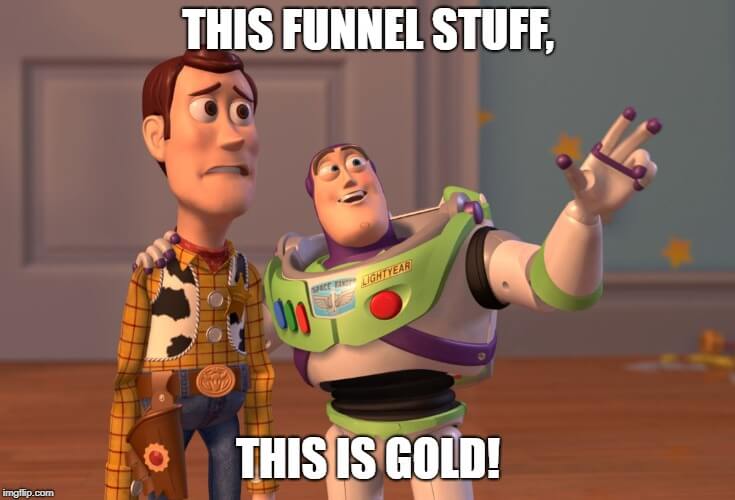
I said all these things and more to many clients and many more colleagues. I thought it was GOLD.
But Upon Further Reflection…
I have come to the realization that I was wrong.
Too many things, unaccounted for. So many cracks with leads pouring out and no way to understand why. I realized this isn’t a funnel at all. If it is, then it does the number one thing it shouldn’t, LEAK!
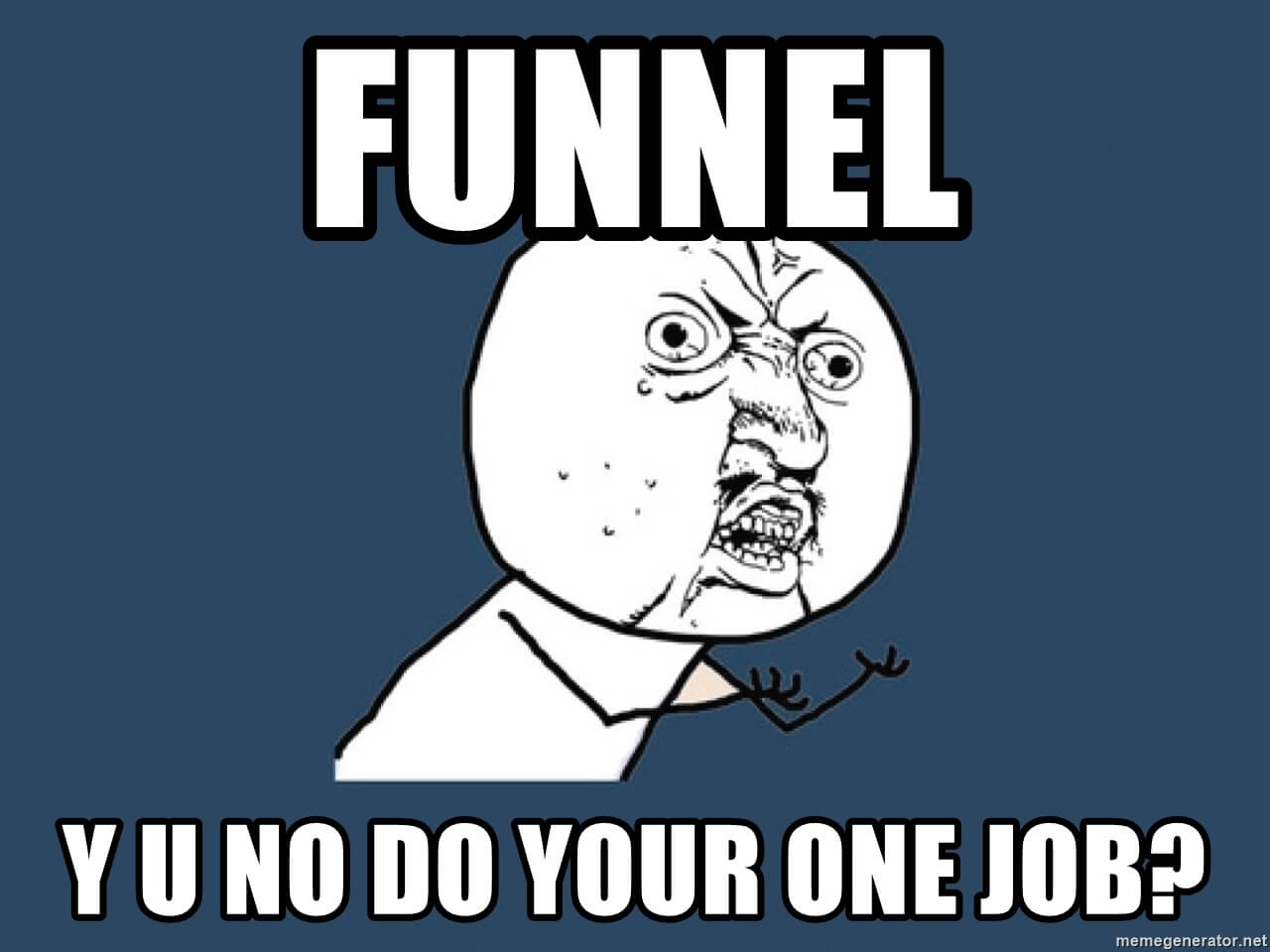
Leads, don’t just flow flawlessly from one stage to the next. They fall off, or they turn back, then reconsider. Pause, or maybe even skip stages. They are HUMAN.
The point is, we need to come up with a better model. A model that accounts for all paths. One that doesn’t only work in a perfect world. A model to base our marketing decisions off of. A model that goes beyond “good enough“.
Don’t Forget the Word “Journey”
No, I don’t mean the amazingly talented band who is responsible for the all-time best karaoke songs to sing in a crowded bar.
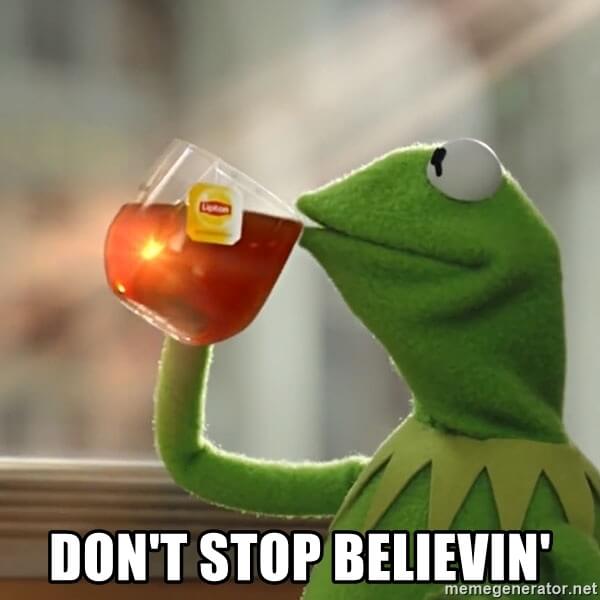
I mean the word “journey” in customer journey or buyer’s journey, or whatever internal language you use to talk about the path from the buyer’s first-touch to right now.
You see, the journey, which we all talk about (even know and love) for some reason gets forgotten about when we talk about funnels.
The fatal flaw is that the funnel ignores the journey. Nay, it tries to wrestle it to the ground, pin it down, and force it into something that may be just TOO BASIC.
Think of it as an Adventure
I know, asking you to give up your funnel is a hard sell. But maybe you should think of it as an opportunity.
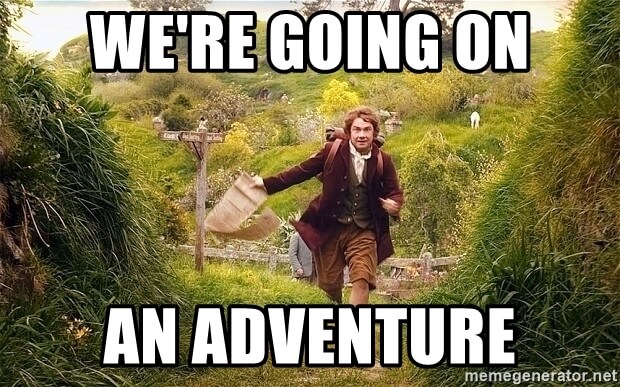
An opportunity to really drill down. An opportunity to truly understand how your leads are coming in, what external challenges they face in the process of becoming a customer, and what you can do to combat that.
Adventure to Marketing Mountain
Picture a mountain range. It’s big and spans farther than the eye can see, further than you can even imagine.
It has peaks and valleys, obstacles like rivers and streams. Multiple paths to take, some will lead you to the same place but many will take you different directions. 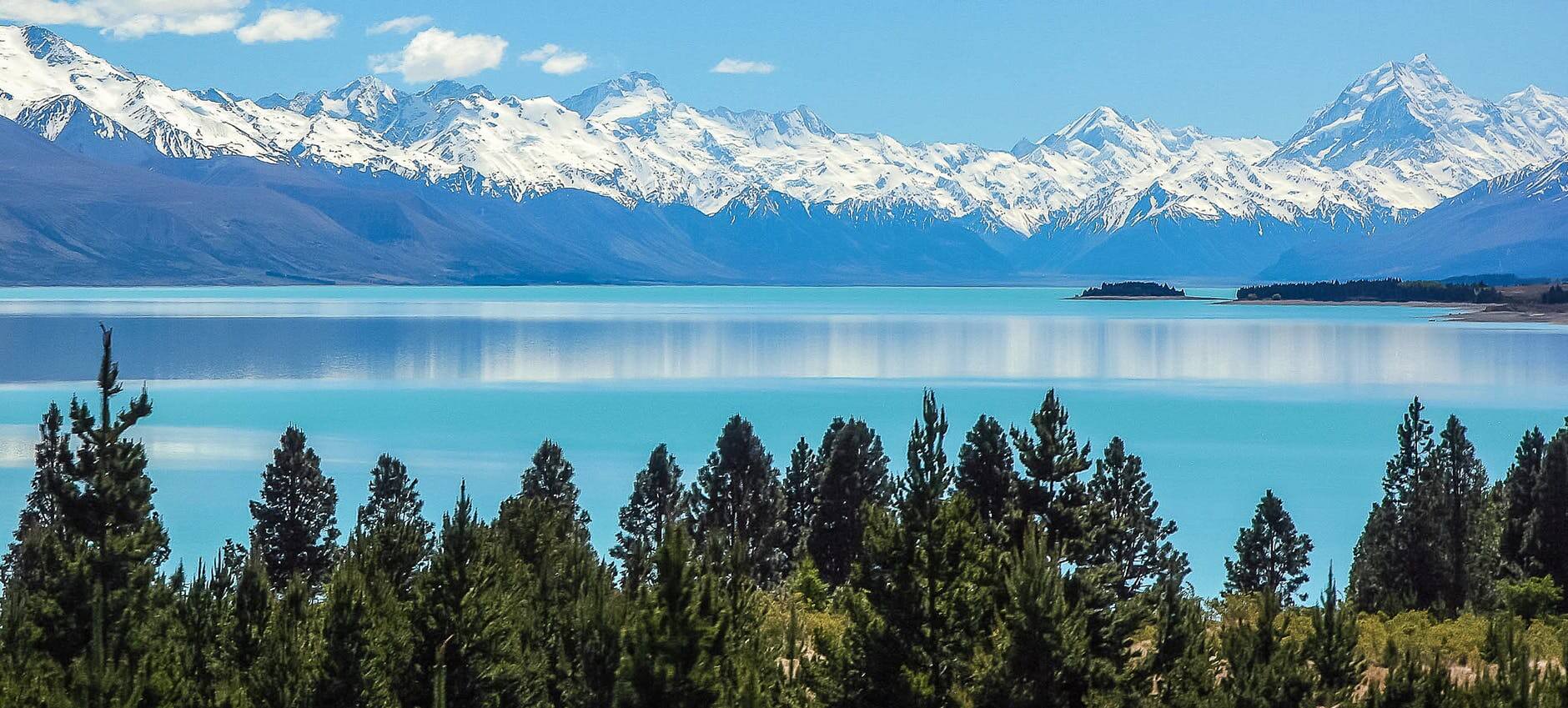
Just like a mountain range, the customer journeys vary. They can take the same trail, or choose a more unique way of getting to your summit.
Some journeys may require a sherpa to guide them (most likely Steve from Sales), while other journeys may be better left to the more free-spirited self-educating folks out there.
Their journey could be unique to their job function or their skill level, so remember to keep this in mind while mapping your journeys.
Either way, it all adds up to the same thing. Treat your customer journeys like an actual JOURNEY. Follow them up the mountain and see what you learn.
Map Your Buyer Journeys
Mapping your customer journey is important. But how you think of it is even more important.
If you recognize that the customer journey in B2B, is a long and winding trek filled with decision after decision, then you may acknowledge that tracking these journeys could do your organization a world of good.

If you refuse to recognize that your customer journey is not a straight line, then there is no helping you. Stick to your leaky funnel.
Customer journeys take effort. Climbing a mountain can be time-consuming, challenging, and even trying at times. Remember this as you map your customer journeys, they are putting effort into this, so should you.
Basecamp
Think of the base of the mountain as your starting point. Basecamp if you will.
There are usually multiple basecamps, so think of all the ways a first touch normally starts. Start bucketing these into basecamps. For example, one your basecamps might be “Events”, another might be “Organic Social” or “Referral”.
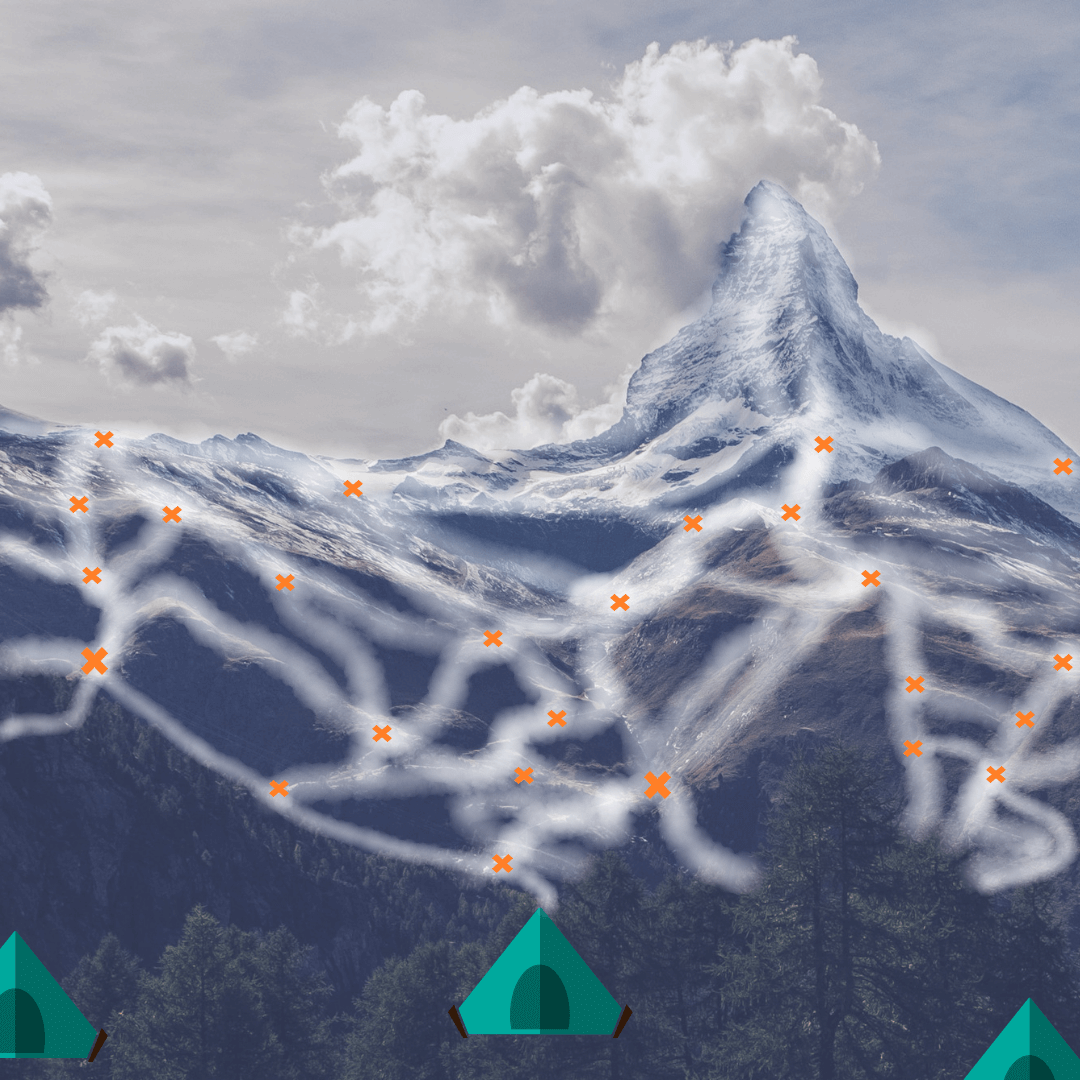
Then, start mapping the journey one basecamp at a time.
This may take some time, even some digging in analytics (I’d recommend using the User Behavior section if you use Google Analytics), but that will arm you with knowledge. The knowledge of what actually happens after someone meets you at an event, which will help you start mapping your trails.
Trails
To start mapping trails, review the largest buckets of actions that happened after the first interaction (basecamp) and put those as the first intersection on your trail.
For instance, if your first basecamp is that they met you at an event: Did they engage with a certain piece of content after the event? Did they reach out to you? Did someone on your team reach out to them?
Each action will send them on a different path.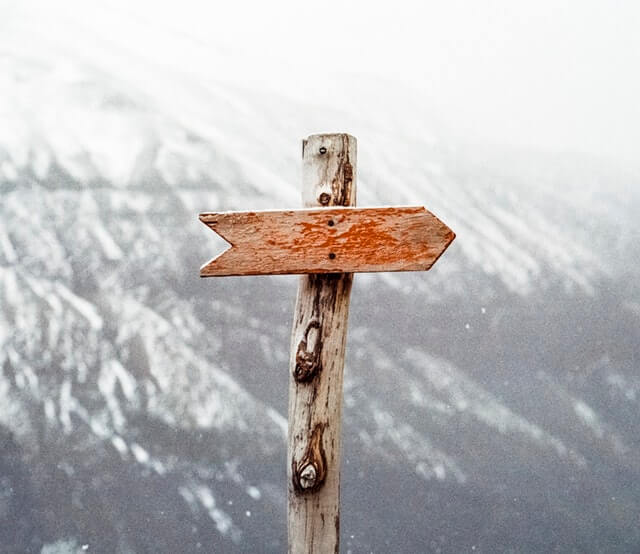
Don’t expect and or make these trails simple or one-direction. Rather, they should intersect, branch off entirely, even dead end in places.
Summit
Finally, determine the summit.
Is the summit a closed-won opportunity? Is the summit a customer that has all your products? What is the eventual goal of all the journeys you invest so much time and money into?
Use that as a metric to measure against when determining which journeys are successful and which fall off a cliff.
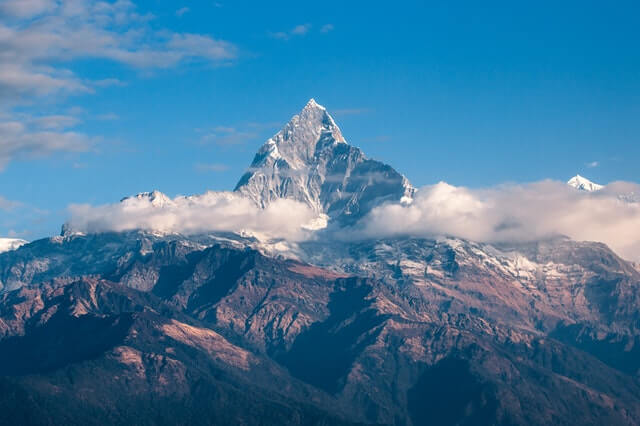
Ask yourself if there is just one mountain or if you have multiple summits like a mountain range. If there are multiple mountains, repeat the process for those mountains as well starting back at basecamps.
Final Thoughts
Promise me one thing. Accept that these journeys will never be perfect, all-encompassing, or even finished.
This is (and should be) an ongoing process that should be measured, mapped, and utilized to provide insights into different pieces of the buyer’s journey.
It should help your organization better understand how individuals interact with them in different situations, under different circumstances.
Allowing better preparation and continued development for future marketing and sales efforts.
PS:
Here are some useful steps to optimizing your buyer’s journey for SEO from an amazing colleague of mine, Joyce Collarde.
